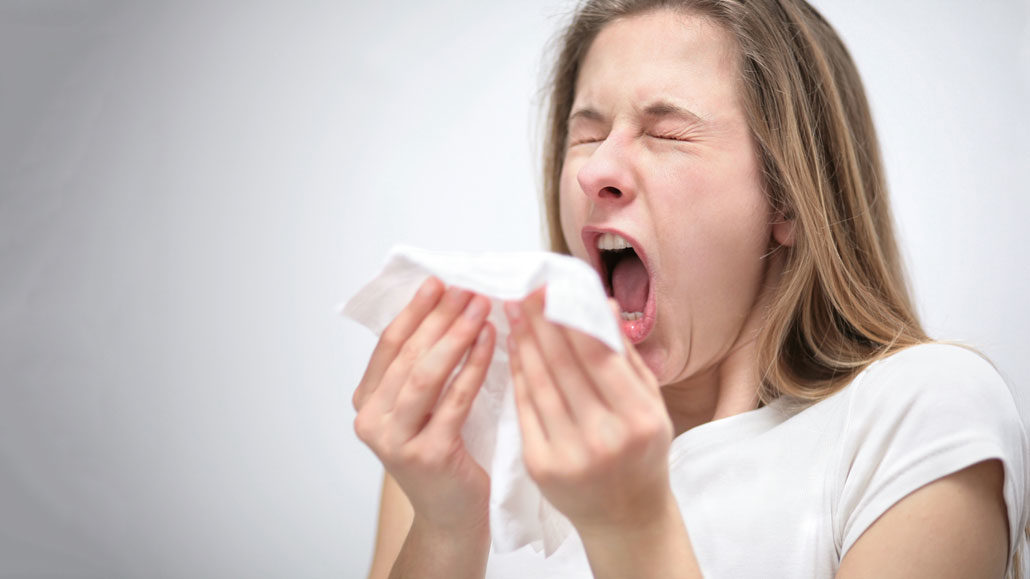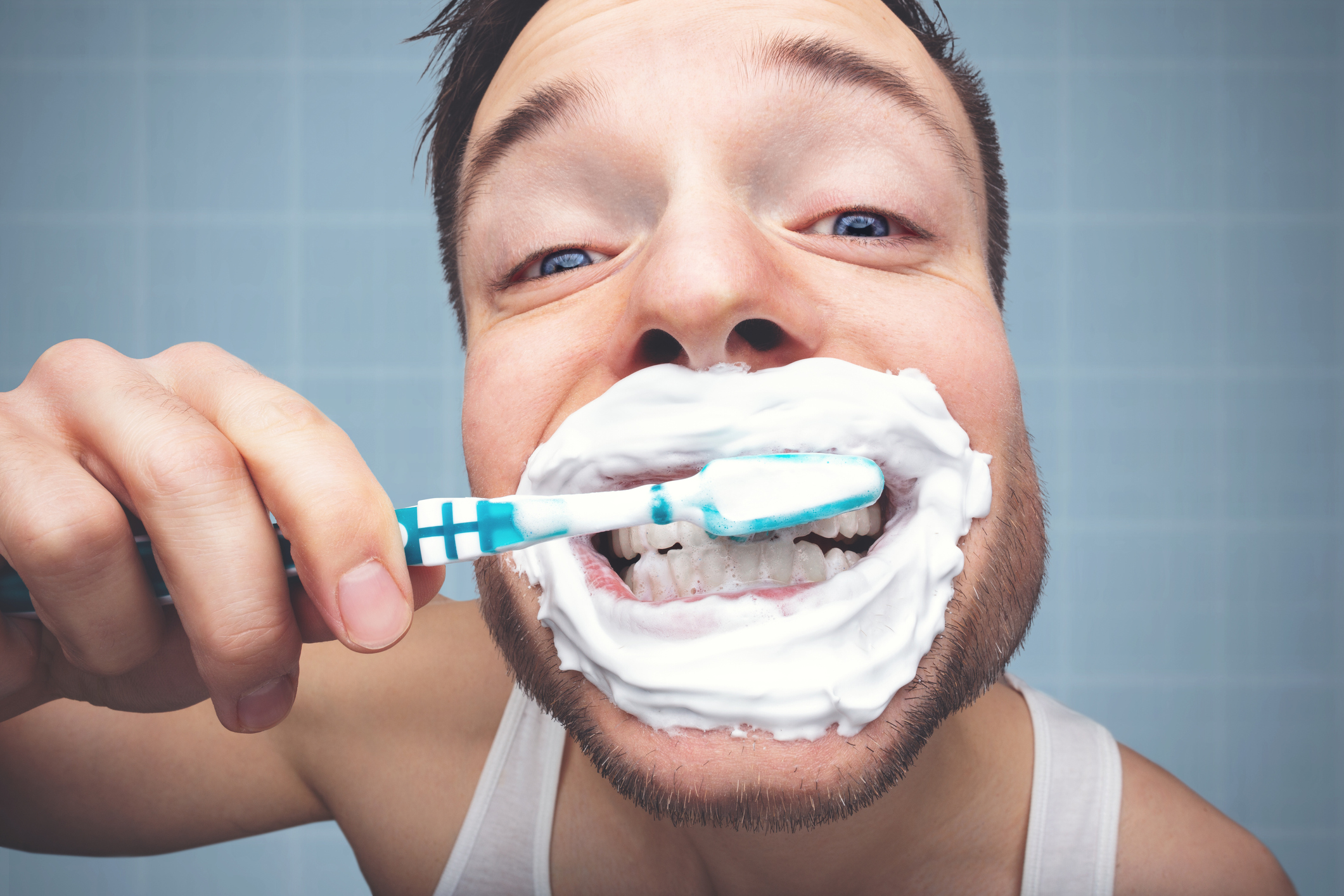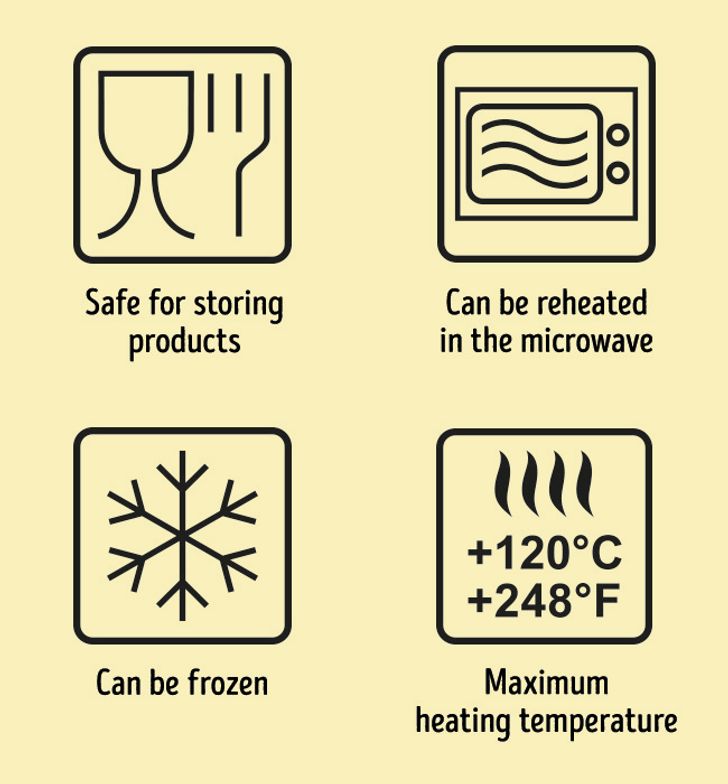Bad habits are easy to form but difficult to give up; it’s even harder to give up the habits we think are beneficial to us.
Here is a combined list of everyday habits that do more harm than good.
- SNEEZING
 When we close our mouths and pinch our noses to prevent a sneeze, our intracranial pressure increases significantly. The blood flow to our brains is disrupted, and our blood vessels and nervous tissue are compressed. This can lead to headaches, damage to vessels, and even hearing problems. Never stop yourself from sneezing.
When we close our mouths and pinch our noses to prevent a sneeze, our intracranial pressure increases significantly. The blood flow to our brains is disrupted, and our blood vessels and nervous tissue are compressed. This can lead to headaches, damage to vessels, and even hearing problems. Never stop yourself from sneezing. - USING A SMARTPHONE BEFORE BED
 Artificial light at night suppresses the production of the hormone melatonin that regulates sleep and wakefulness. Low melatonin can result in depression, cancer, obesity, heart diseases and a fragile immune system. Thus going to sleep early is a reasonable choice to improve your health.
Artificial light at night suppresses the production of the hormone melatonin that regulates sleep and wakefulness. Low melatonin can result in depression, cancer, obesity, heart diseases and a fragile immune system. Thus going to sleep early is a reasonable choice to improve your health. - WEARING TIGHT JEANS
Although they may be fashionable, tight jeans constantly press on your skin and nerve endings. This causes a constant feeling of discomfort that can lead to problems with the nervous system. As if that wasn’t bad enough, the reduced airflow to your legs can cause itching and tingling and ultimately make your legs go numb.
- BRUSHING YOUR TEETH RIGHT AFTER EATING
 Dentists have long recommended that you should brush your teeth at least 30 minutes after eating. If possible, an hour is even better. Food and drink — especially those highly acidic — affect the enamel of the tooth and the layer below it (dentin). The movement of your toothbrush pushes the acid deeper and closer to the dentin. This can lead to extreme sensitivity and damage to the enamel.
Dentists have long recommended that you should brush your teeth at least 30 minutes after eating. If possible, an hour is even better. Food and drink — especially those highly acidic — affect the enamel of the tooth and the layer below it (dentin). The movement of your toothbrush pushes the acid deeper and closer to the dentin. This can lead to extreme sensitivity and damage to the enamel. - STORING FOOD IN PLASTIC CONTAINERS

Many plastic boxes contain artificial chemical substances, such as phthalate and bisphenol, that help to maintain their flexibility. If kept for a long time in plastic boxes, such substances can seep into food. Imbibing them can affect the endocrine system.
It’s a much better idea to store food in containers made from glass, stainless steel, or ceramic material. Also, please pay attention to the above symbols, as they provide useful information about using containers.
Also Read:

7 unusual ways to stay in shape




